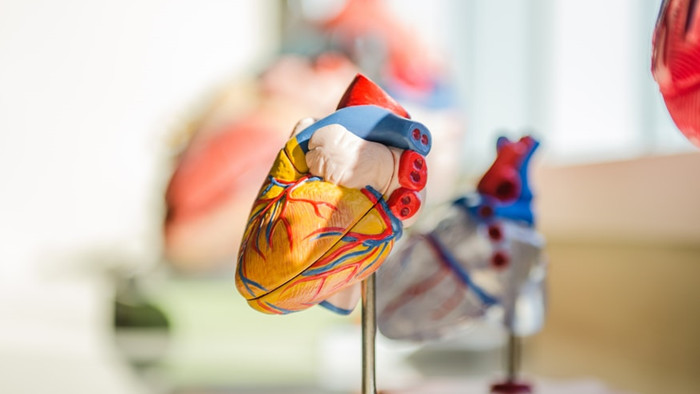Cardiovascular Stents And Drug-eluting Balloons
Cardiovascular Stents And Drug-eluting Balloons – Medical Coating – Cheersonic
Compared with bare metal stents (BMS), drug-eluting stents (DES) have successfully reduced the incidence of restenosis (ISR) and are now widely used in the treatment of coronary heart disease (CHD). However, long-term clinical results suggest that DES still carries the risk of adverse complications such as late or very late thrombosis and restenosis. The local release of antiproliferative drugs in the DES coating, while inhibiting the excessive proliferation of smooth muscle cells, also causes delayed endothelial cell healing, ultimately leading to incomplete endothelial layer and endothelial dysfunction on the neointimal surface. Innovative research on skeleton materials and surface coatings of vascular stents has continuously promoted the development of DES. In terms of surface coatings, researchers are currently focusing on optimizing drug-loaded coatings for more optimal drug release or developing novel coatings that mimic endothelial cell function. For stent framework materials, permanent residues of non-degradable stents can lead to persistent inflammatory responses, making it difficult for blood vessels to restore their physiological pulsatile function. Bioabsorbable vascular stents (BVS) made of bioabsorbable polymers or metals have the potential to promote the regeneration and recovery of vascular function, and become the future development direction of DES. The current research on BVS focuses on obtaining stent rib structures with sufficient radial support strength, smaller thickness and profile size through optimal design. It should not be overlooked, however, that the conventional criteria used by existing DES, such as the requirement to obtain the thinnest possible neointima, may not be suitable for the design of BVS. After BVS implantation, if the neointima thickness is too thin and the stent degrades and breaks, once a small amount of BVS fragments fall into the blood vessel, it may lead to the risk of adverse events such as thrombosis. Therefore, when developing BVS, it should be ensured that the formed neointima covers the stent implantation site, so as to avoid the degraded fragments of the stent from falling off during the degradation process, and to promote vascular healing.

In addition to stents, drug-eluting balloons (DEBs) are also one of the treatments for coronary heart disease. DEB does not require the use of stents, thereby avoiding various potential adverse accidents caused by the use of stents. However, although DEB has achieved good clinical results, the efficiency of drug delivery from the balloon surface to the luminal lesion is usually poor due to the short balloon dilation time (30–60 s). Therefore, there is an urgent need to further optimize the design of new drug delivery technologies to improve the therapeutic effect of DEB.
The ultrasonic drug-eluting stent spray coating system can be applied to the preparation of polymer coating for preventing vascular restenosis on the surface of implantable drug-eluting stent. Compared to conventional two-fluid nozzles, ultrasonic nozzles can spray a more uniform drug coating that completely covers the stent without the orange peel and adhesion to a complex stent. The soft atomized spray adheres well to surfaces and coating morphology characteristics can be adjusted by modifying process parameters. In addition, the stent coating obtained by ultrasonic spray coating technology is thinner than dip-coating. Ultrasonic spray coating technology can precisely control the amount of drug sprayed on the stent, making the control of the spraying more precisely.
The special nozzle for ultrasonic stent with national patent can realize accurate application of medicine, and the fixture specially equipped for stent is convenient for loading and unloading. This device has the characteristics of supporting multiple series and multiple types of stents, high drug utilization, accurate drug delivery, and high uniformity of the stent membrane layer.

